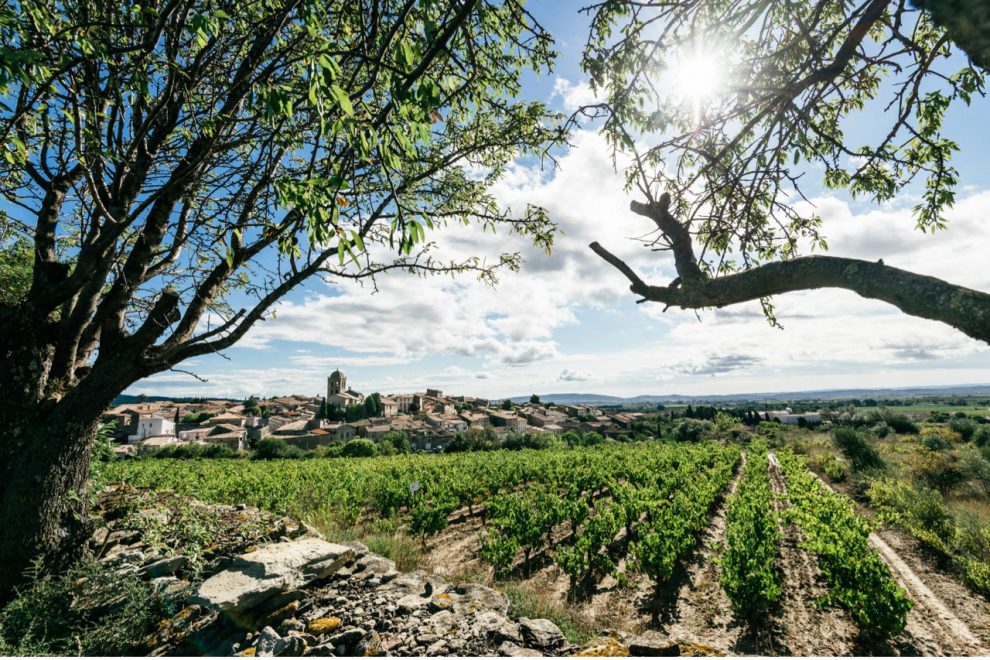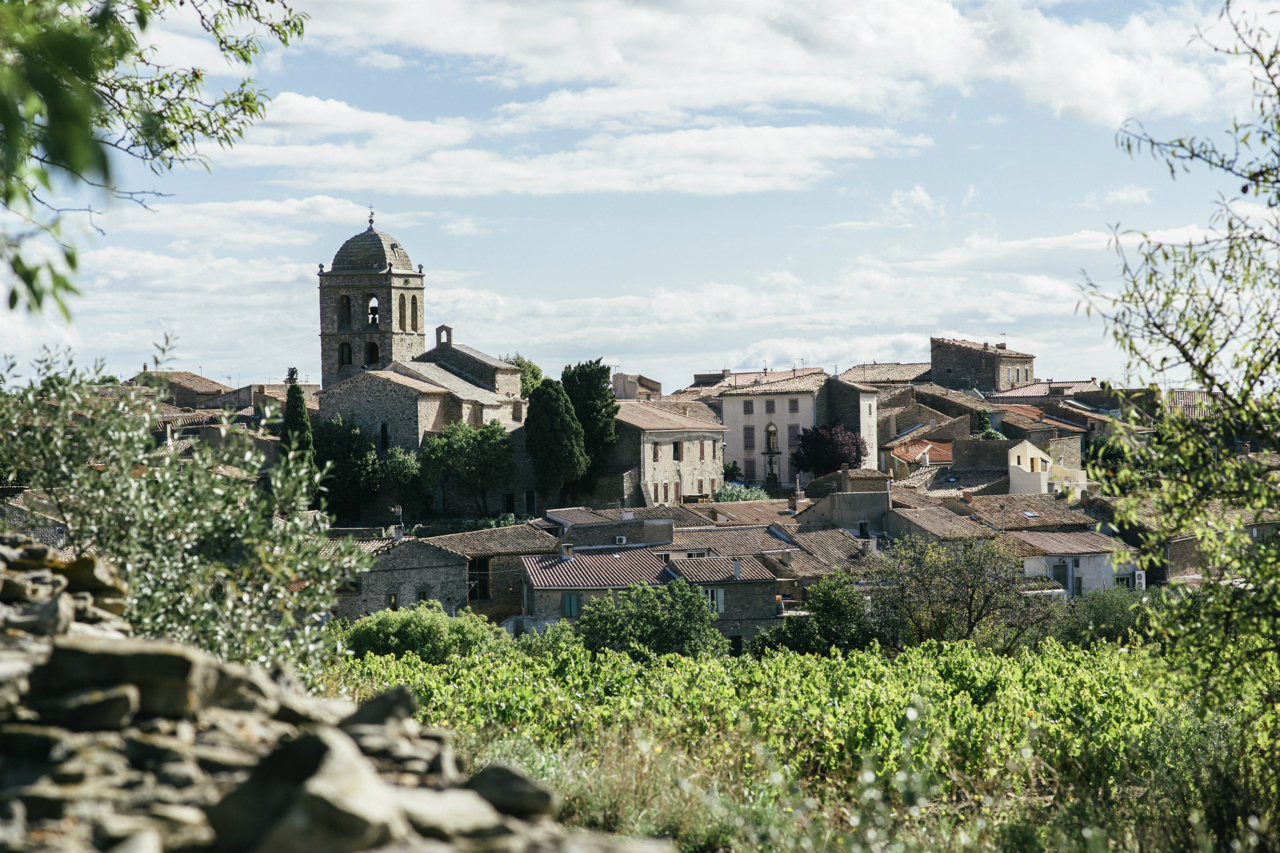La Livinière is a little-known French wine appellation that is a star in the making. Part of the Minervois, one of the bigger appellations of the Languedoc, La Livinière’s vineyards are east of the walled city of Carcassonne. La Livinière stands out from the mass of the Minervois for its red wines, which are a wonderful combination of richness and elegance writes Rosemary George for Zester Daily.
The Minervois is defined by the Canal du Midi and the Aude valley to the south and by the foothills of the Massif Central in the north. Its wines are mostly red, with the usual quintet of Languedoc grape varieties, namely Syrah, Grenache, Mourvèdre, Carignan and Cinsaut. And the flavors are wild and rugged, rather like the countryside. However, within the extensive appellation, differences of terroir and climate mean some areas are better than others. The only one singled out is La Livinière, currently a cru, Minervois la Livinière.
What makes it special
Now, the 40 or so wine growers of the cru would like to stand alone as an appellation, La Livinière, without the support of Minervois. It all depends on a decision to be made by the INAO, the official body which controls such things, in time, they hope, for the 2017 vintage.
So what is special about La Livinière? The cru covers a handful of villages, namely Azille, Azillanet, Cesseras, Félines-Minervois Siran and La Livinière itself. We were taken for a drive through the vineyards; the scenery is wild, with extensive views to the south and dramatic cliffs formed by the river Cesse. We saw one of the oldest and largest dolmen of France and little capitelles (stone shelters) scattered through the vineyards. The chapelle of Centeilles has medieval frescoes, including, most unusually, a pregnant Virgin.
Longer aging requirements
As Isabelle Coustal of Domaine Ste. Eulalie explained, there is an enormous variety of different soils in the cru. You can find schist, sandstone, alluvial deposits and such stony limestone and clay vineyards that you wonder how anything can grow at all. The defining factor is really the climate. The vineyards all lie at an altitude of between 390 and 1,080 feet at the foot of the Montagne Noire, which protects them from the full force of the prevailing north winds, making for warmer growing conditions.
Production regulations are stricter than for regular Minervois, with a lower yield of 45 hectoliters per hectare and a longer aging requirement, until Dec. 31 of the year following the harvest. Often the élevage is in oak, but vat or bottle are equally acceptable. And for those who do age their wine in wood, the trend is toward older and larger barrels, demi-muids of 132 or 158 gallons, as opposed to the bordelais barriques of 60 gallons. Another distinguishing feature is the logo on every capsule, the distinctive silhouette of the church tower of the village of La Livinière.
A cohesive energy
The Languedoc does not have a tradition for aging wines. Underground cellars were unusual but are becoming more common, and in the past a wine was not sold until it was deemed to be ready for drinking. To a certain extent that still holds today; the flavors of La Livinière have an immediate richness and a ripeness with wonderful spicy flavors, tempered by a freshness, with supple tannins. However, there is no doubt that the best will continue to develop in bottle. We enjoyed mature bottles from Clos Centeilles, Domaine Ste Eulalie and a particularly stunning range of older vintages from Michel Escande of Borie de Maurel. The flavors had evolved beautifully.
You sense a strong cohesive energy among the wine growers of La Livinière and that is their strength. Some are local families who have recently taken their vines out of the cooperative and begun to put their wine in bottle. Others have come from elsewhere, from Bordeaux, or from Paris after a career in another completely different field, and there is a Belgian, an Englishman, and even a Scot among the winemakers. But they are all united by a common cause, the quality of the wines, and the ambition of the appellation, La Livinière.
Copyright 2017 Rosemary George via Zester Daily and Reuters Media Express

























Add Comment